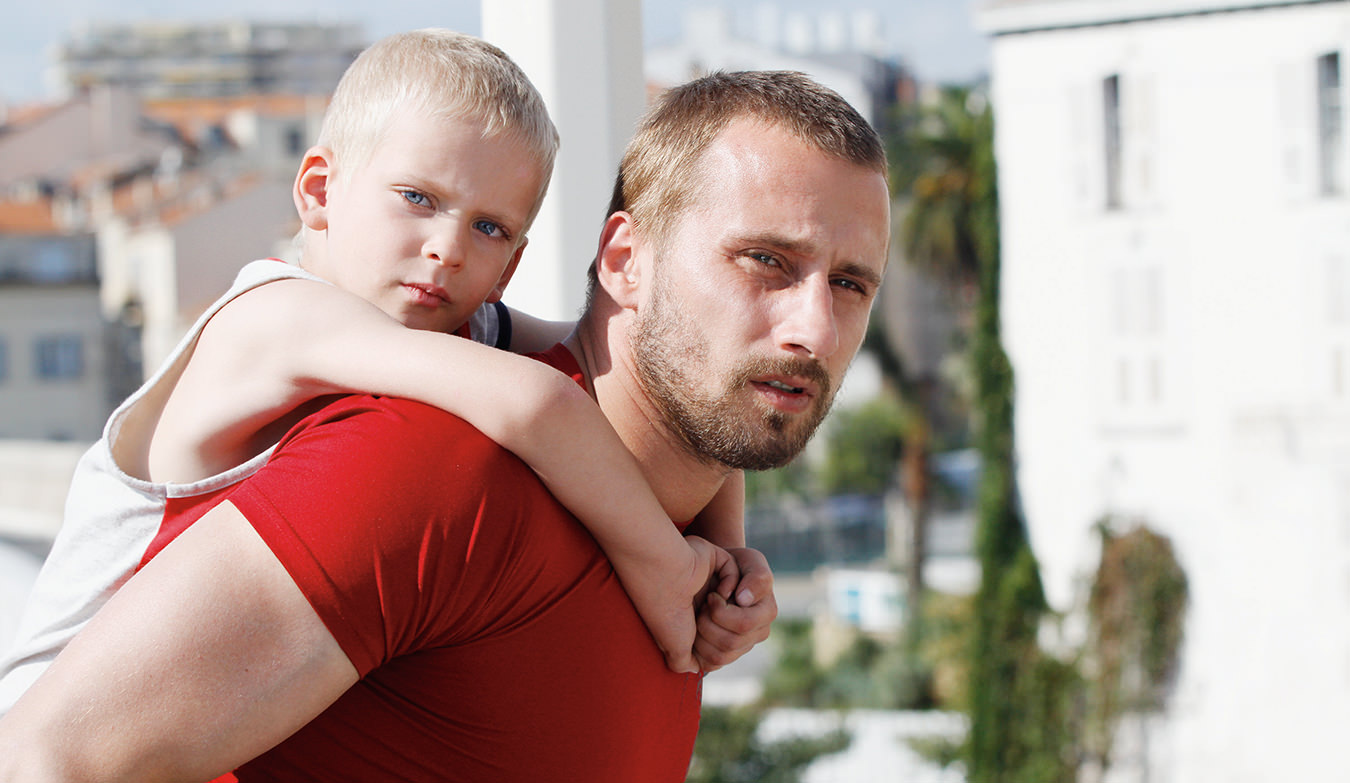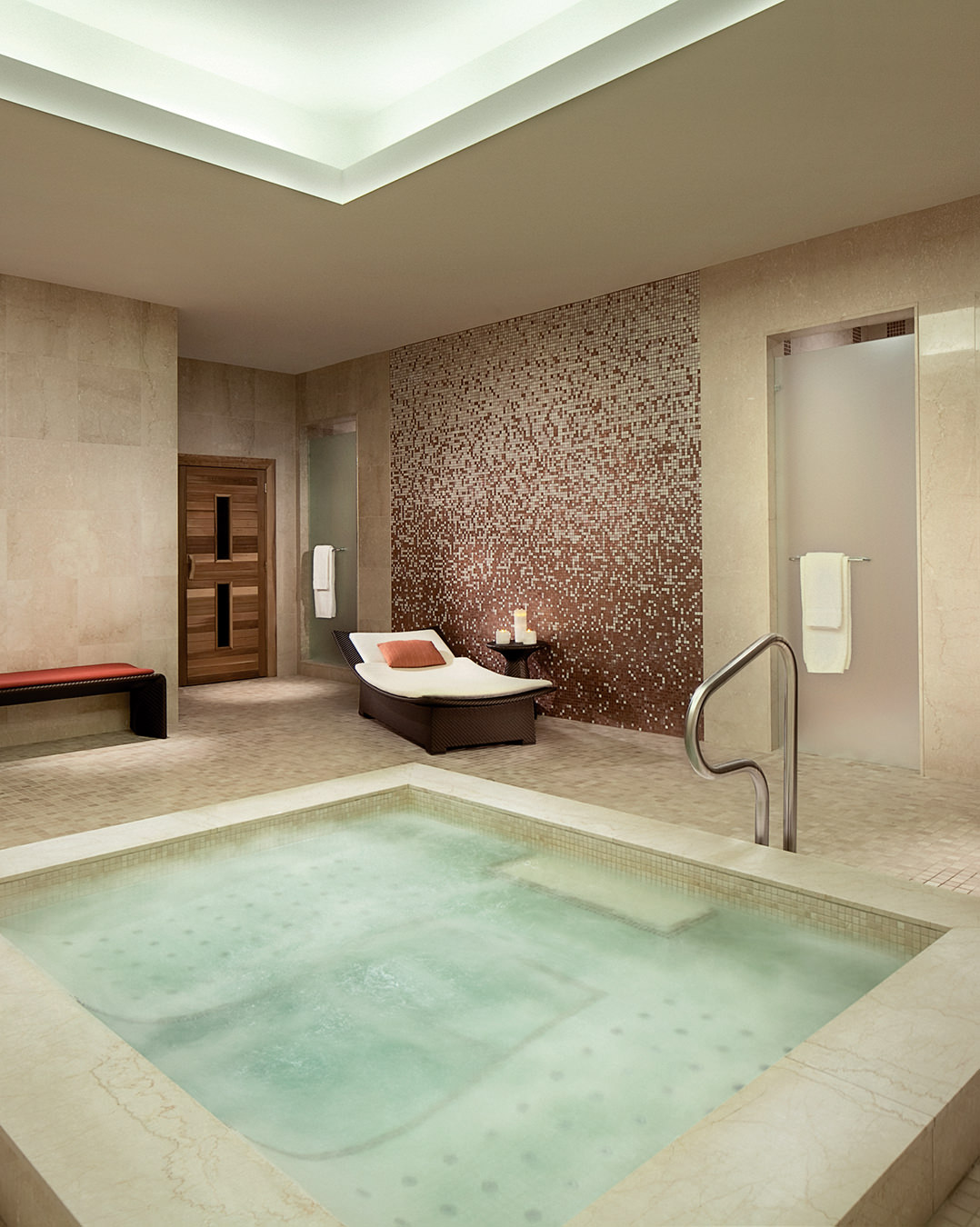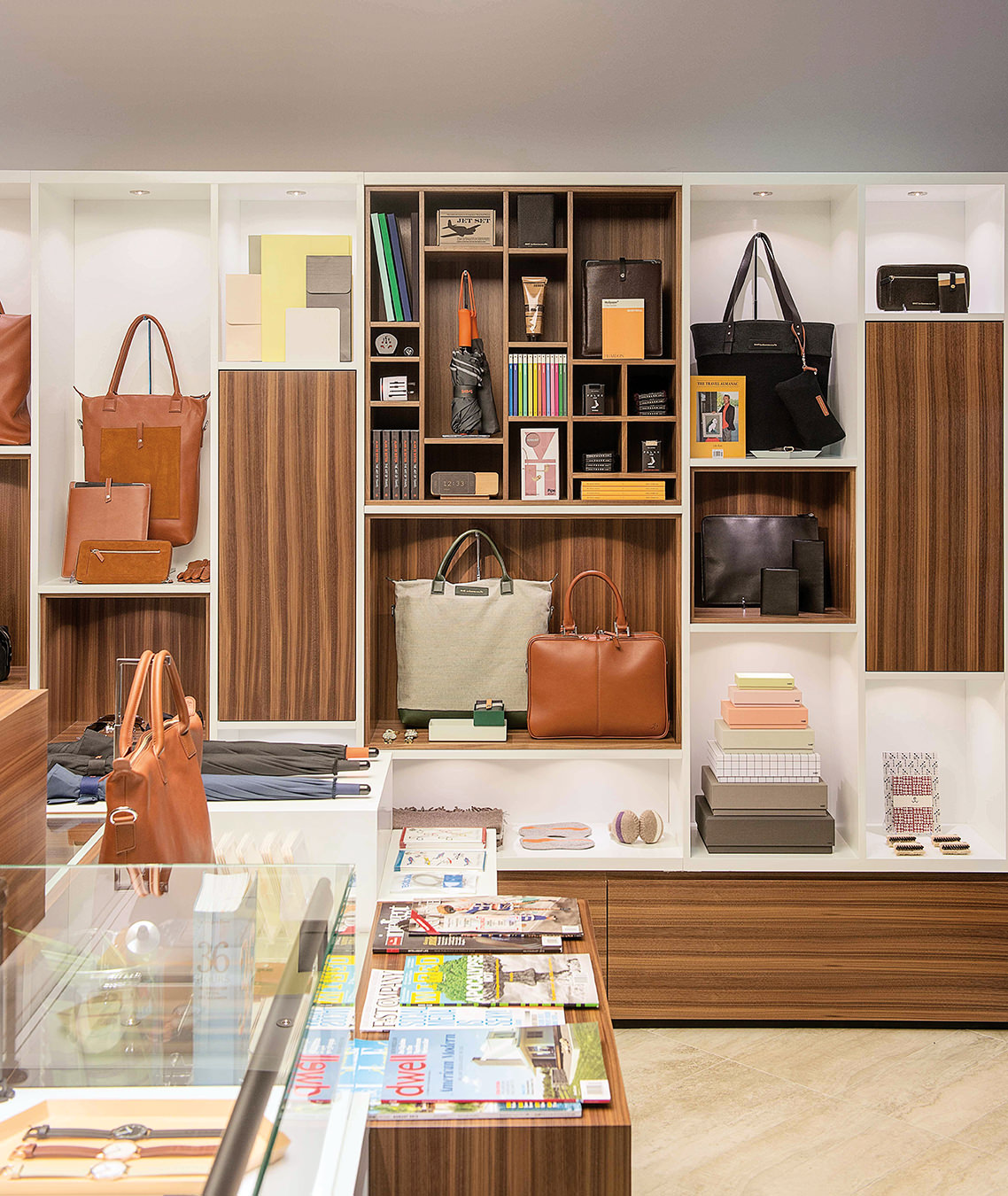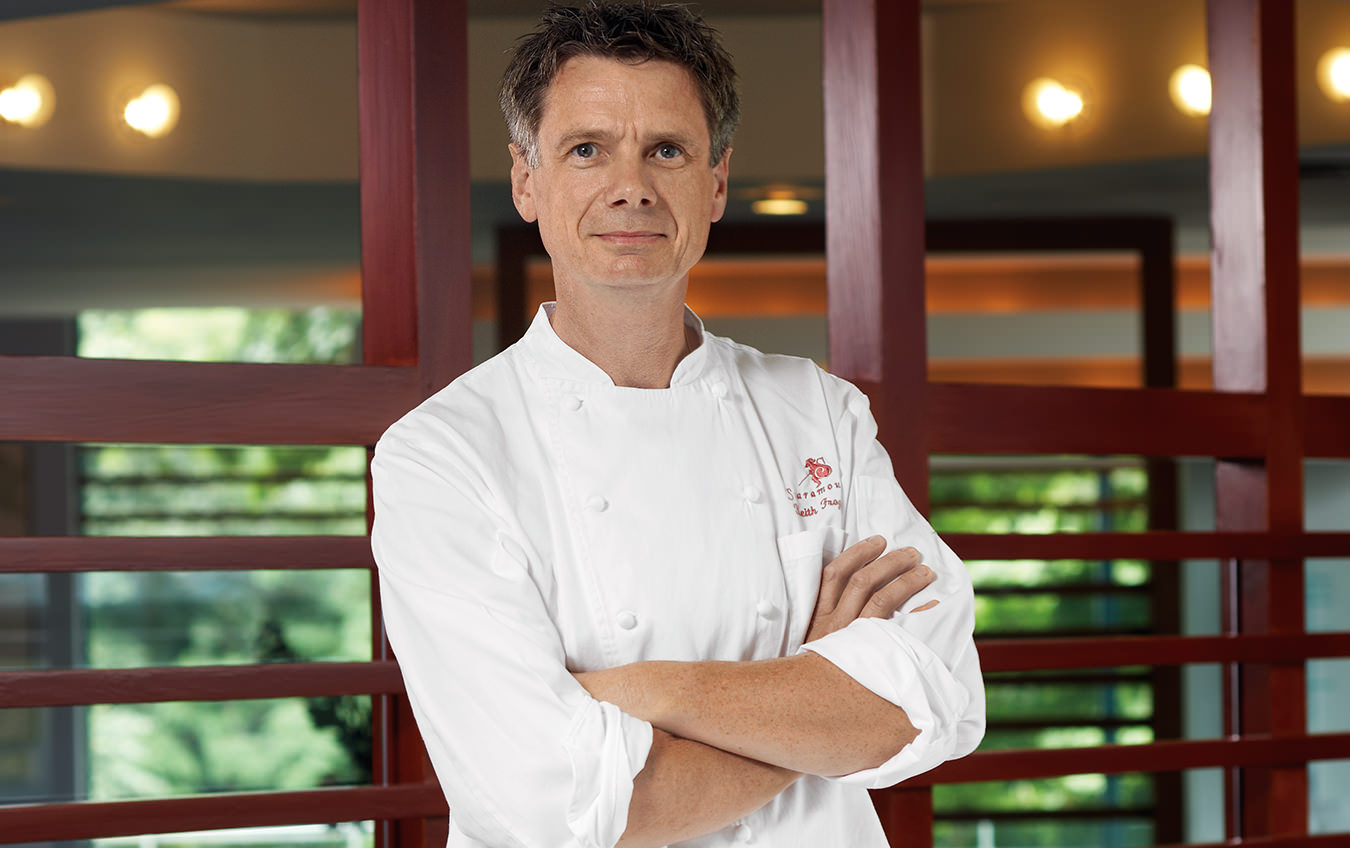How Toronto’s Lost & Found Mastered the Art of Curation
The retailer houses brands that are made to last a lifetime, not a few months.
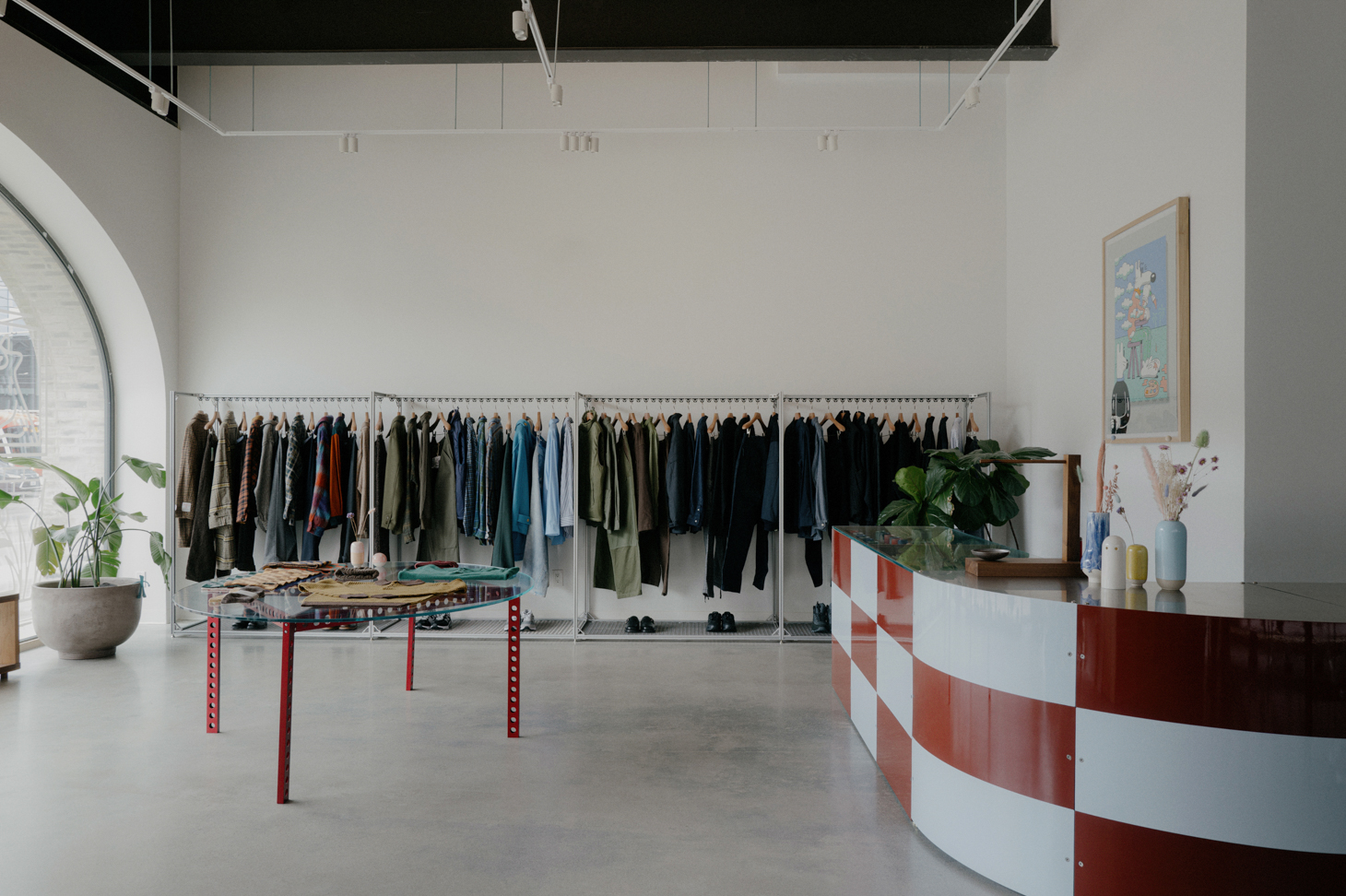
Those who frequent the clothing boutiques scattered throughout Toronto’s downtown core are undoubtedly familiar with menswear retailer Lost & Found. You might have discovered the store in its original location, nestled tightly in a narrow storefront on Ossington Avenue since 2010. More recently, you can find its intricate knitwear and luxury Paraboots relocated just down the block in a large open space, with floor-to-ceiling windows offering a glimpse into the curated wares inside.
For most Toronto stores, a location change is usually a consideration of foot traffic, rent, or a combination of the two. But for retailers like Lost & Found, finding the perfect space to display their clothes requires careful deliberation. This is because while the spectrum of labels, cuts, and materials is broad, each piece is expertly curated, making the space in which each piece is displayed crucial to the store’s identity.
The new space makes a big difference in two respects, explains Lost & Found’s co-founder, Jonathan Elias. “One, we get to show more because it’s just such a bigger space. And because the space is bigger, we have more opportunity to present things. And because we have more people coming through, it allows us to increase the breadth as well as to accommodate a bigger run.”
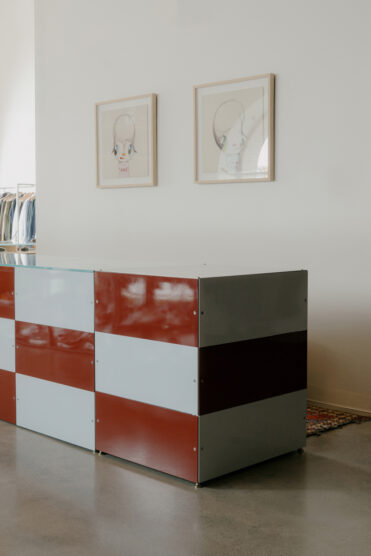
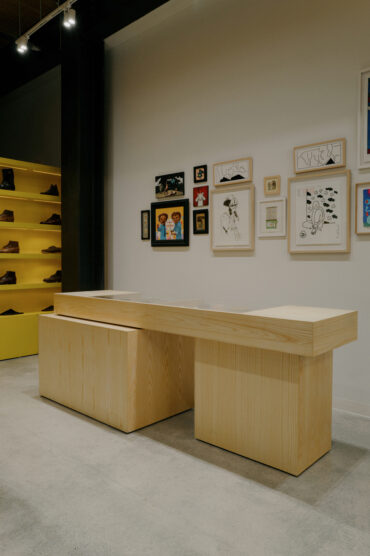
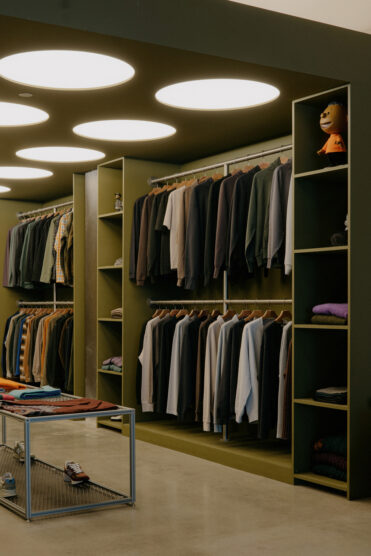
Speaking to Elias, it’s obvious that there’s an art to curation that customers don’t realize, one that offers an identity not only to Lost & Found and fellow stores but their clientele at large. The new space offered the store not just more square footage to fit customers into, but as its co-founder explains, it also allowed them to accommodate a wider range of tastes. Still, stores like Lost & Found mustn’t try to pander to mass consumption but instead stay grounded in the thoughtful curation that first established the store.
“The way that we buy won’t change from a perspective of being in the new store,” Elias adds. The space itself is steeped in the same timelessness that defines the wares. Mid-1990s hip-hop plays in the background while vintage sports and pop culture prints complement the store’s 1970s-inspired colour palette. “It just gives us more of an opportunity to increase the things that we buy from the brands that we currently carry. Just because we’re in a more mainstream location, we wouldn’t bring on a brand that’s mainstream just to accommodate a customer. That might not be the customer for us. That’s a different store.”
For those looking for pants from a mainstream brand at a cheap price, Elias lists a few stores but notes that Lost & Found is in the business of housing brands that are made to last a lifetime, not a few months.
“I’ve heard horror stories,” he says, evidently pained by the idea of those willing to sell factory-farmed performance stretch denim. “There’s a time and a place for that. I don’t necessarily condone it, because I don’t think that is the best way to consume clothing. I’d rather you’d do it slow and methodical.”
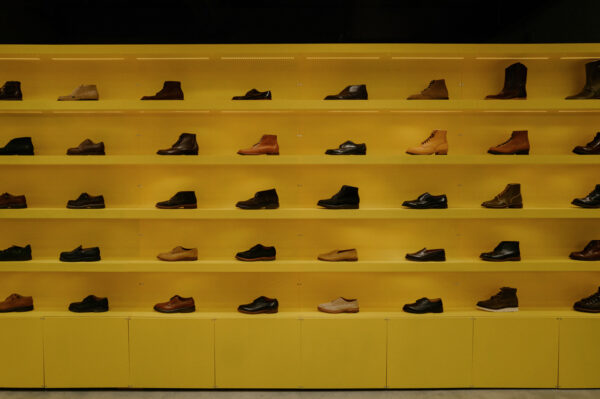
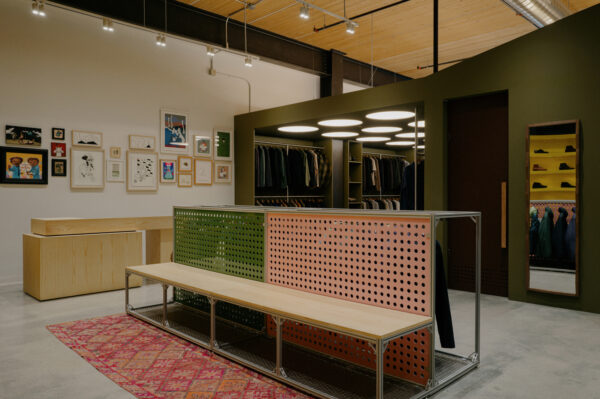
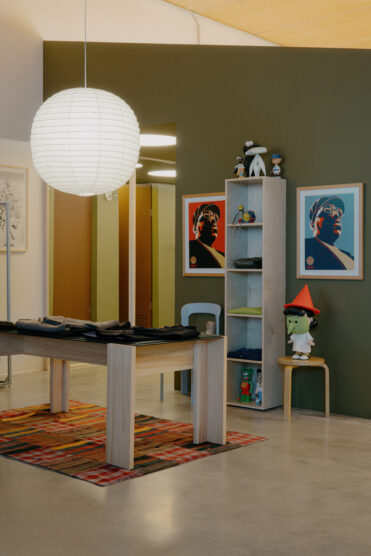
As for what Elias and his team focus on most when curating the store, he points to a balance between what composes their collective taste and the overarching values of the brands.
Right now, baggy pants and cropped jackets are what the store is geared toward in terms of silhouettes, Elias says. At the same time, “People, now more than ever, if they’re going to spend their money, they’re going to spend it on things that are going to last and that don’t really go out of style. That’s our biggest focus. We’ve never really focused on trends. Because our brands don’t do trends.” In general, he adds, “We buy based on how we dress. We buy based on what we like. That’s always been our philosophy.”
Of course, as Elias’s team has grown and evolved, so has the store’s taste in curation.
“It’s a group effort,” he explains. They all have different tastes and are different ages, “so it’s helpful to have the younger generation have their input into how we buy because we don’t want to just appeal to 46-year-old males, like ourselves.”
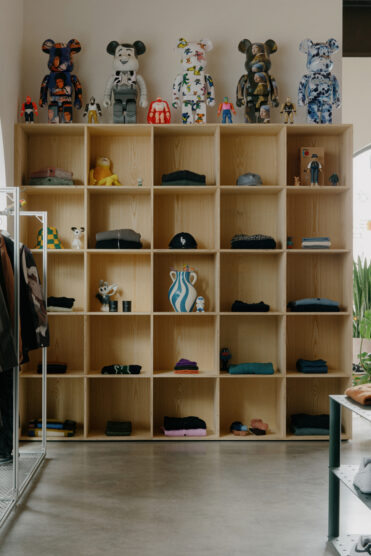
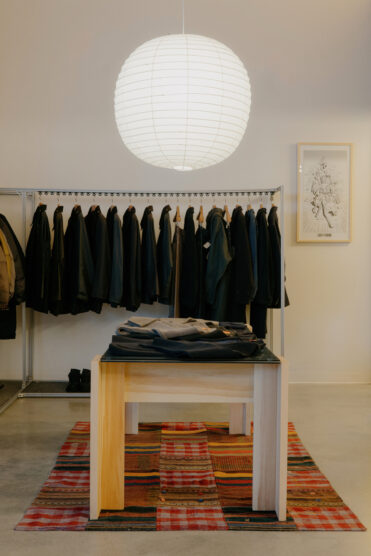
As for the brands, Elias says that while the team might style pieces differently depending on their personal taste, there tends to be consensus surrounding what deserves to be in the space.
“Everybody has a different voice, and everyone has a different look, but you could all be wearing the same brand,” he says. “We all wear a Lady White tee because it’s the best tee.” But someone might wear it with denim fatigue pants, and someone else might wear cropped pants.
On a buyer’s trip, the main focus is value. “If we’re going to charge a certain amount of money for something, we want to make sure that it’s going to last. And is this something that we can see ourselves wearing 10 years from now.”
Typically, when it comes to curated clothing stores like Lost & Found, Elias explains that the buying process means picking and choosing select items from a wide range of brands, with a handful of exceptions.
“We want to focus on what a brand does best,” he says. “There are some breadth brands—Norse [Projects], Beams [Plus], Engineered Garments, Our Legacy—that do everything well. That makes our job easier when we’re buying. But when we go to a more niche brand, say like a Lady White, we’re not going to go heavy on their pants. We’re going to go heavy with Lady White tees and quarter zips and all the things that they have mastered. We’ll dabble in pieces that we think are interesting and fun to wear, but our first question is value: ‘Will people see value in this piece?”
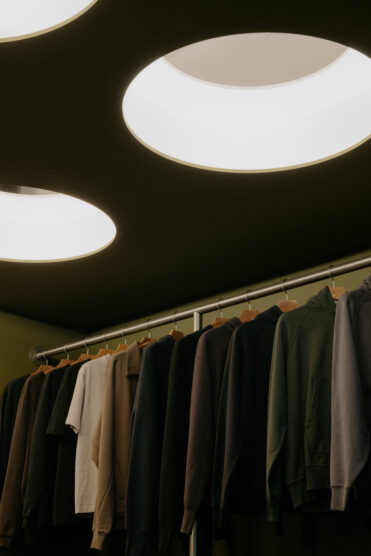
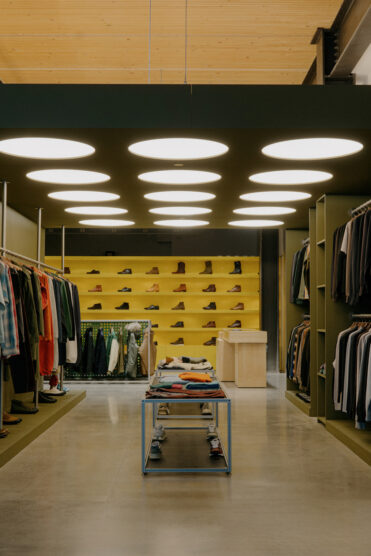
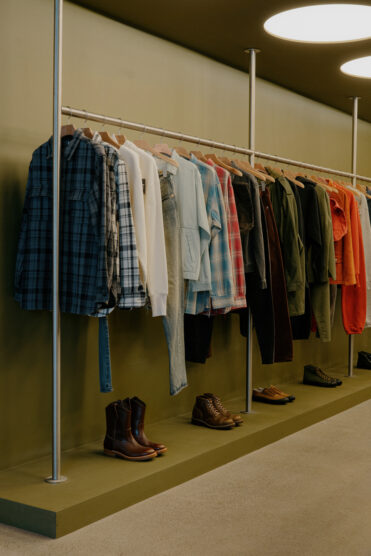
As our social consciousness surrounding fast fashion continues to expand, it should be no surprise a store as specialized as Lost & Found seized the opportunity to grow its storefront. After all, it’s a business based on customers finding value in valuable items. But stores like Lost & Found are rare for a reason. Having the confidence required to not be swayed by trends or outside influence is difficult in a time of constant comparison. But according to Elias, that confidence can be taught.
When people come in, he starts by asking questions. “We care what you’re comfortable in. We ask what their taste is. And we go from there,” he says. “It’s not the easiest thing to tackle when someone comes in and they don’t care about their clothes. But that’s our job. We’re here to show you why you should care and the value that comes through that.”

